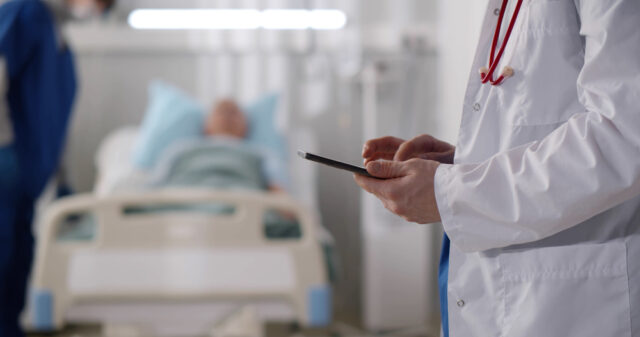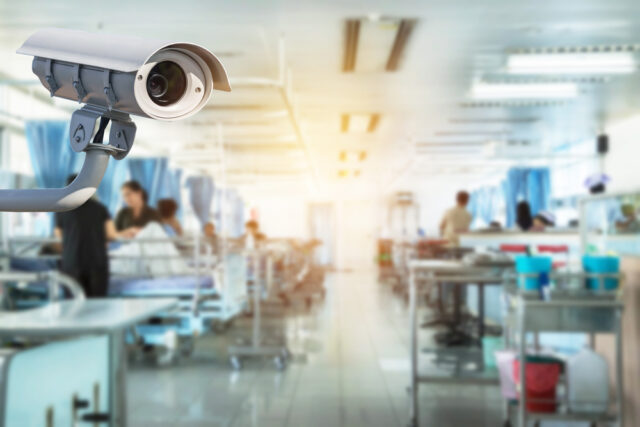
Telemedicine and virtual patient monitoring: TOP innovations
Healthcare innovation is an ongoing process that improves the quality of medicine worldwide. Not only is the number of assistance tools growing, but IT technologies are also evolving. This article will tell you about video surveillance in medicine and how it helps patients.
Video surveillance for patients health and safety
Today, telemedicine and virtual monitoring of patients are already an integral part of medicine. The healthcare industry has become more systematic and rational by adopting expanded patient care.
A video camera in a hospital not only solves the issue of safety but also helps in:
- collecting marketing and professional data. “Smart” video surveillance counts visitors, recognizes faces, records information about the therapy, creates databases, etc .;
- raising awareness of hospital situations;
- communications on the territory of a medical establishment. Read more: “How are video cameras and speaker systems used in hospitals?”;
- local control of difficult patients (possibly using a baby monitor);
- reducing showdowns and the appearance of false disputes between staff, patients, and visitors;
- organization of round-the-clock remote video surveillance.
Innovative solutions
Among the leading innovative solutions are:
- video monitoring of the patient’s bed and analysis of monitors showing the patient’s condition;
- communication of patients with their families in a remote online format;
- every minute monitoring of complex patients and prompt assistance in case of a dangerous situation;
- use of cloud video surveillance. For example, the Faceter service can act not only as a camera but also as an artificial intelligence device.
Remote monitoring and telemedicine
Nursing staff may not always be near the patient’s bed 24/7. But to detect deterioration in health and respond in time, provide assistance, it is necessary to provide round-the-clock monitoring.
Video cameras with built-in analytics for signs of ailment will help notify doctors promptly about the emerging situation.
As a result, the medical staff will be able to assess the patient’s condition based on analyzes and clinical data and track the early stage of the development of pathology.
Read more in the article: “Video surveillance in hospitals and clinics. Organization rules“.
Contactless ACS
The pandemic has dramatically changed the IT market and medicine. During the development of coronavirus infection, the issue of limiting people’s contacts with various things came to the fore. Everywhere we are asked to pay with bank cards, not touch the handrails, and constantly wash our hands.
Access control systems have not bypassed this trend. ACS began to transform, and, indeed, today, new contactless identification methods have appeared on the market: by the iris of the eyes, the face, and the pattern of veins on the arm.
Instead of conclusion
Video surveillance is actively used in almost all spheres of human life. For example, remote patient monitoring and telemedicine. You can get advice on the topic of the article from our specialist.














